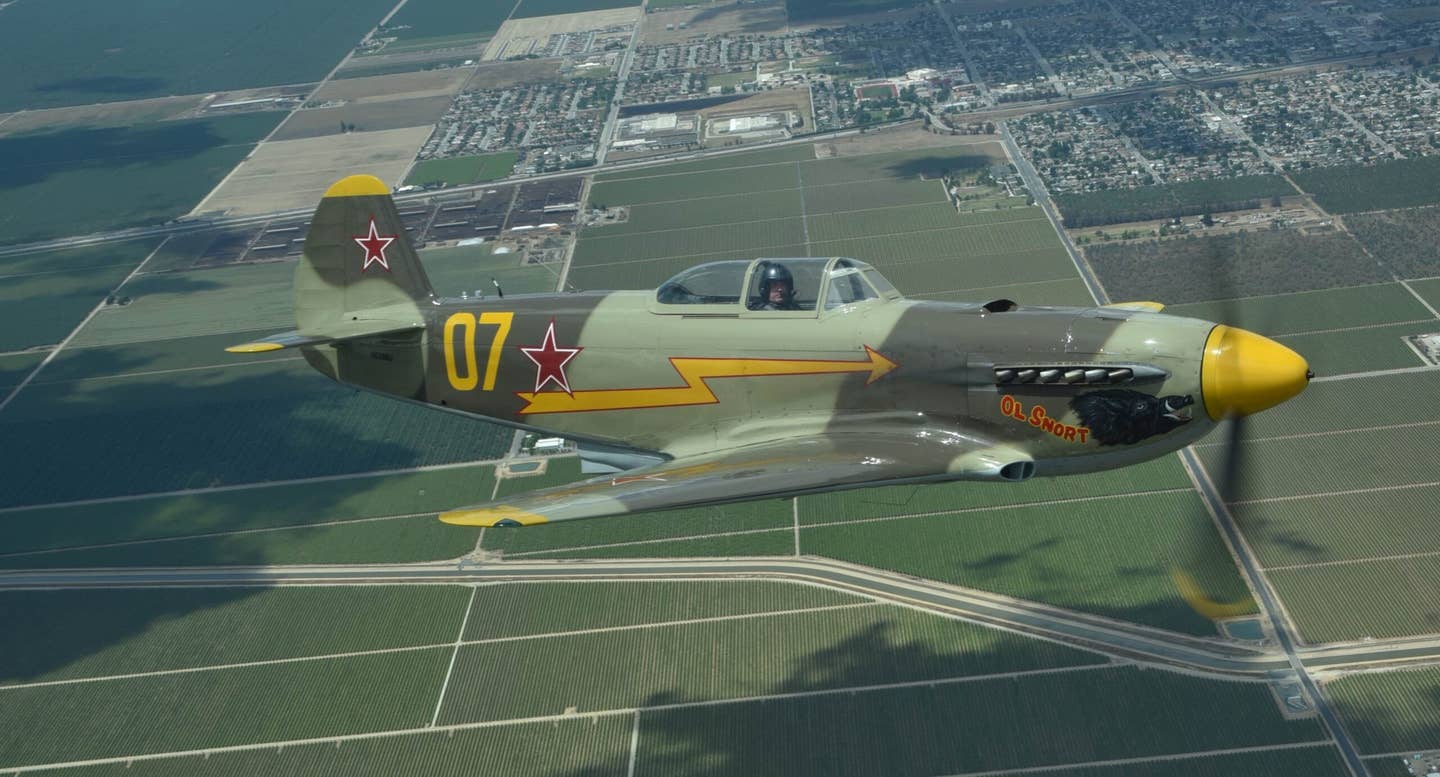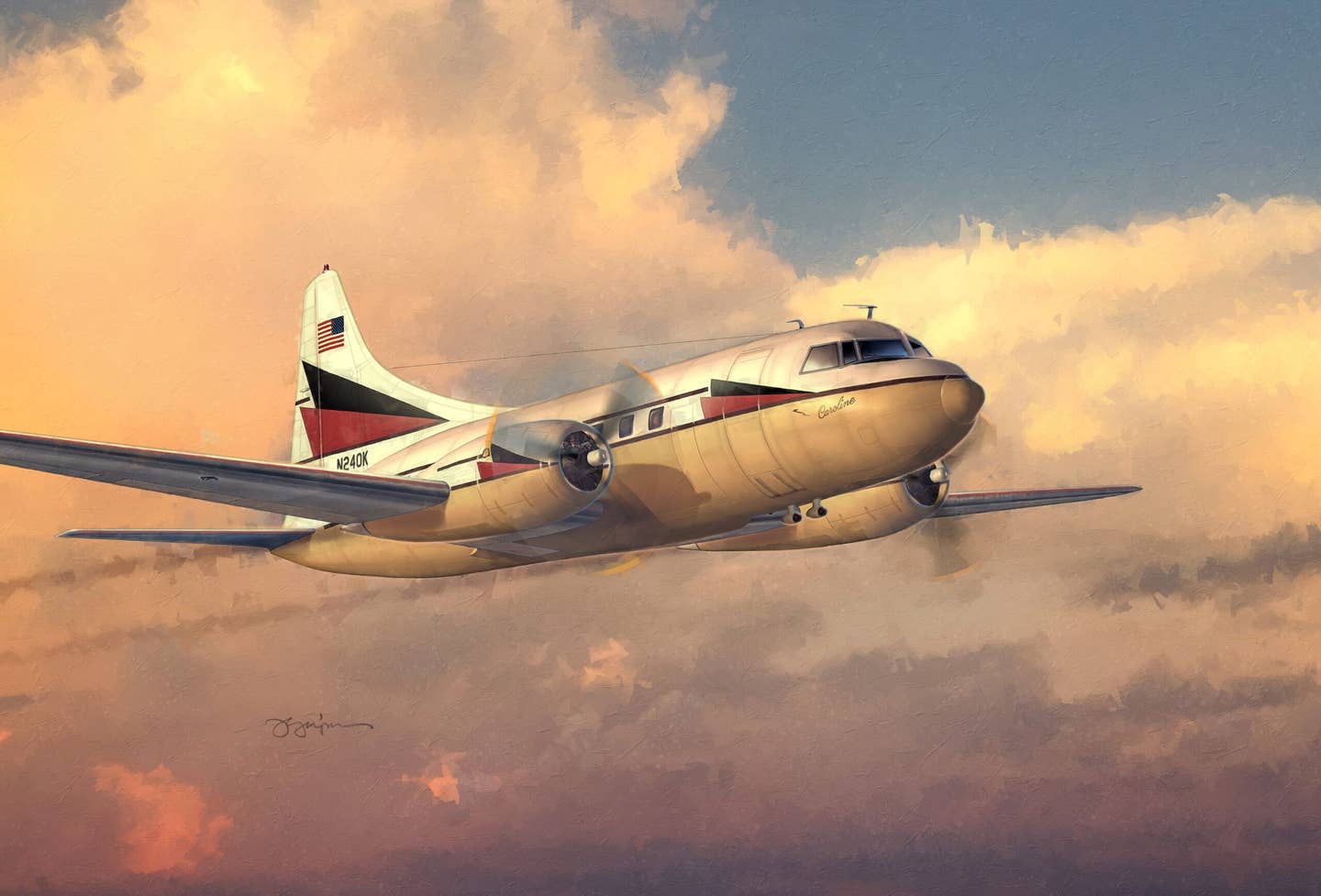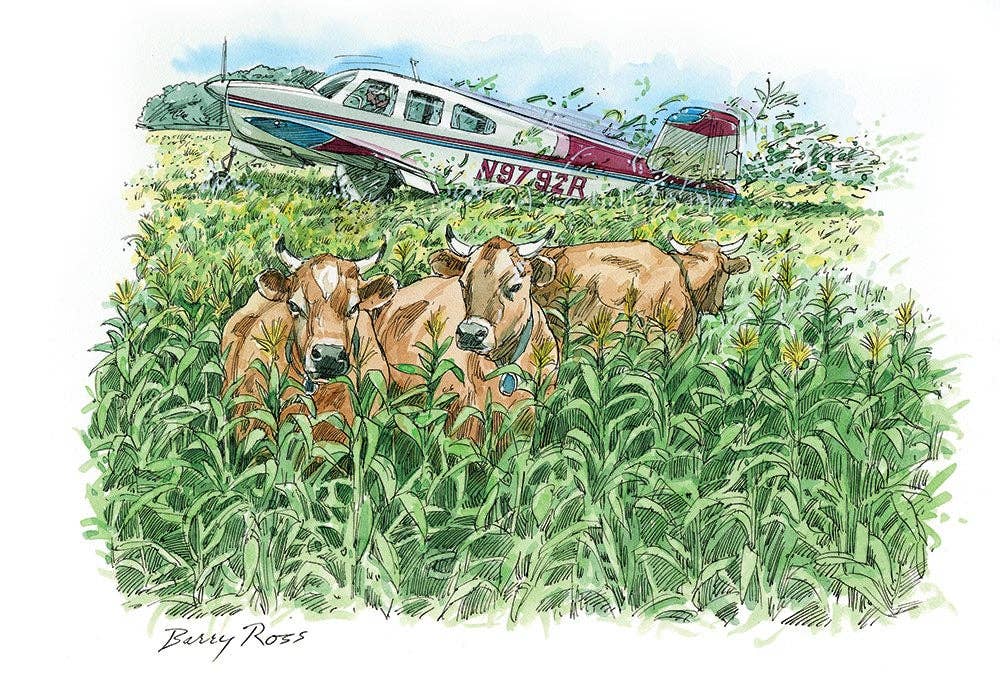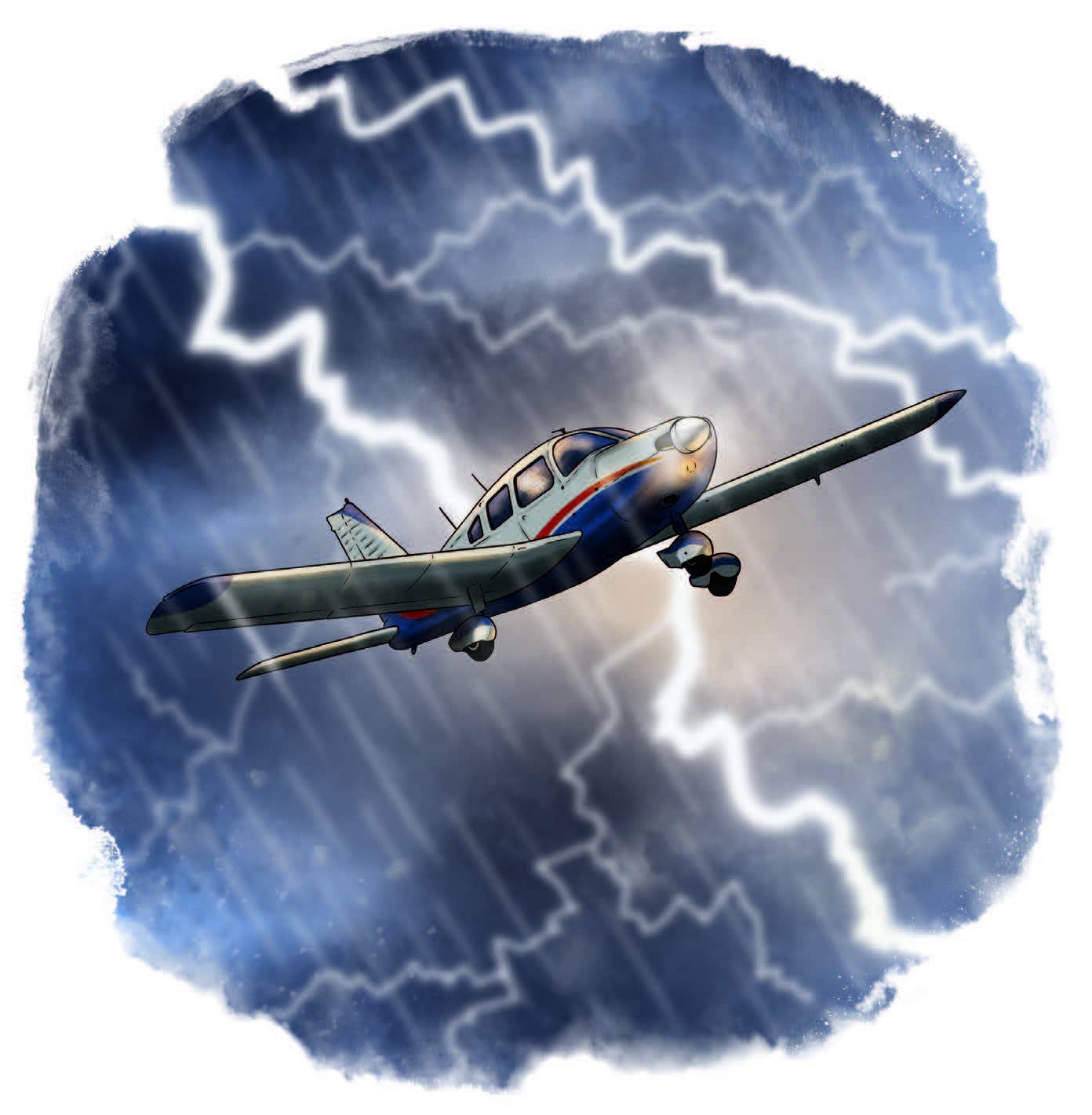
In random reading about matters aeronautical I have twice come across essays in defense of rectangular wings. Not coincidentally, perhaps, both were by men who had taken part in the design of the Piper Cherokee, the airplane whose thick rectangular wing gave a new application to the name "Hershey Bar." The first essay was by the late John Thorp, best known as the designer of the T-18 homebuilt. The second was by Karl Bergey, who is, among other things, emeritus professor of aerospace engineering at the University of Oklahoma.
Bergey is building a fast, high-performance homebuilt that happens to use a Cherokee wing?the original stubby rectangular one, before they added the tapered outer panels. So many people found the combination of "fast" and "rectangular wing" incongruous that Bergey felt obliged to put his case in writing.
Both Thorp and Bergey begin by laying out the case for tapered wings, which offer three apparent advantages over rectangular ones. The first is structural. By carrying more of the airplane's weight farther inboard, a tapered wing reduces the bending moment?the force tending to break the wing-at the root. At the same time, the root airfoil, having the longest chord, provides more space for retractable landing gear and greater depth for its structural members which, being deeper, can be at once stiffer and lighter.
The second apparent advantage is aerodynamic, and has to do with the drag penalty associated with lift?the so-called induced drag. Induced drag cannot be eliminated, but it is at its minimum when the spanwise distribution of lift is elliptical. Equating area distribution with lift distribution (a big conceptual leap, but let's make it for the time being), the argument goes on to assert that a rectangular wing deviates greatly from the elliptical ideal, especially near the tips, whereas a moderately tapered wing?or a double-tapered one, with a straight inner section and a tapered outer section?approximates the ellipse much more closely.
The third argument in favor of tapered wings is aesthetic. They just look nice. Few would gainsay this claim, but it is scientifically weightless. Still, looks are important in the selling of airplanes, and even Thorp and Bergey would probably concede that when the design of wings is viewed as a commercial rather than a technological enterprise, the aesthetic argument, however insubstantial or misguided, may turn out to be the most compelling one of all.
Thorp devotes some space to the structural aspect of taper, which Bergey ignores. A certain amount of material is unavoidably needed to give a wing its aerodynamic shape, Thorp says, and that structure is naturally able to carry a certain portion of the total wing load. "The additional material needed to make the wing strong enough to sustain all the bending," he writes, "is a small percentage of the total weight." In other words, the weight of the spars is a small fraction of the wing weight, and the reduction in spar weight achieved by tapering the wing is a much smaller fraction still. But Thorp goes further, anticipating his aerodynamic argument: "Aerodynamic scale effect makes it possible to use a smaller rectangular wing for a given stalling speed," and therefore the tapered wing, though inherently slightly lighter, must be larger, erasing the weight saving.
"Aerodynamic scale effect" is crucial to both Thorp's and Bergey's reasonings, although Bergey does not mention it explicitly. He merely states that tapered wings tend to stall first at the tips. Thorp explains the reason in terms of Reynolds Number, a rather obscure but wonderfully useful index of the properties of fluid flows. The Reynolds Number, or RN, identified by the 19th century British scientist Sir Osborne Reynolds, combines the size of an object, the viscosity of the fluid in which it is moving and its speed into a single number, and states that fluid dynamics are the same at a given RN, however speed, size or viscosity may vary. Thus, air feels like motor oil to a gnat, and sea water feels like air to a whale?or something like that?and the flow around a small wing going very fast looks similar to that around a large wing going slowly. The thing about RN that matters to Thorp is that the lower the RN, the lower the maximum lift coefficient that a given airfoil can attain. In other words, a shorter chord means less lifting capability per square foot. It happens that this deleterious effect of scale is quite pronounced at the chord lengths and landing speeds typical of light airplanes, whereas it is less influential for airplanes with larger wings and higher landing speeds.
Keep scale effect in mind for a minute while we backtrack with Bergey to re-examine the assumption that wing shape coincides with spanwise lift distribution. "Whatever the shape of the wing, tapered or straight, the nature of the airflow around the wing tends to force the spanwise lift distribution toward the ideal elliptical shape," Bergey writes. The real lift distribution lies about halfway between the area distribution and a true ellipse. The lift distribution for a moderately tapered wing indeed closely approaches an ellipse, a fact, Bergey somewhat sarcastically adds, "that is noted in nearly all textbooks and repeated in many articles on the subject." But there's a hitch?and this is where Thorp, having made a detour to visit Sir Osborne, rejoins Bergey: "Tapered wings tend to stall outboard, reducing aileron effectiveness and increasing the likelihood of a rolloff into a spin."
As Thorp puts it, "Wing stall starts where some section along the span first reaches its maximum section lift coefficient." Because of scale effects, the tip has a lower maximum lift coefficient than the root, and so it's the first to stall. The diminished lifting ability of the tip is also the reason for Thorp's assertion that for a given landing speed, the tapered wing needs to have more area.
To prevent tip stall, designers have resorted to providing the outboard portions of tapered wings with more cambered airfoil sections, drooped or enlarged leading edges, fixed or automatic leading edge slots or slats, and, most commonly, wing twist or "washout." The trouble with these fixes is that they all increase the drag, canceling whatever benefit the tapered wing was supposed to deliver in the first place.
The rectangular wing, on the other hand, naturally tends to stall from the root, because its outer portion, which is capable of producing just as much lift as the root, in fact is called on to produce less because of the natural reduction of loading toward the tip. With a couple of degrees of twist, a rectangular wing closely approaches an elliptical lift distribution and provides impeccable stalling behavior besides.
Thorp leaves it at that, but Bergey goes on to recall the history of the Schneider Cup racers in the late '20s and early '30s. Small floatplanes with big engines, the racers were the precursors of the fast fighters of World War II. They started off with various kinds of tapered and semi-elliptical wings, but Bergey notes that the Macchi M.C.72, which set an unsurpassed seaplane speed record of 383 knots in 1935, had an untapered wing.
Although Bergey's and Thorp's analyses of rectangular and tapered wings are similar, their purposes are different. Bergey wants to make the point that nothing is gained by tapering a wing, least of all speed, and that the Cherokee's rectangular wing is perfectly suitable for a high-speed airplane. Thorp, whose comments were addressed principally to homebuilders, wanted to show not only that wing taper gains nothing, but that it is actually likely to have an adverse effect on performance. He points out, at the same time, the great advantage, from the point of view of a homebuilder (or for that matter any manufacturer) of a wing many of whose ribs are interchangeable.
In somewhat the spirit of H. L. Mencken, who, no beauty himself, suggested, as a gesture that would gratify him posthumously, that men from time to time whistle at a homely girl, Bergey closes with the following advice:
"When you walk past a Cherokee or an RV or any of the thousands of general aviation aircraft with Hershey Bar wings, flash them a friendly smile. Let them know you appreciate the high cruise efficiency of their almost ideal spanwise lift distributions. ?And their forgiving stall characteristics."

Sign-up for newsletters & special offers!
Get the latest FLYING stories & special offers delivered directly to your inbox






